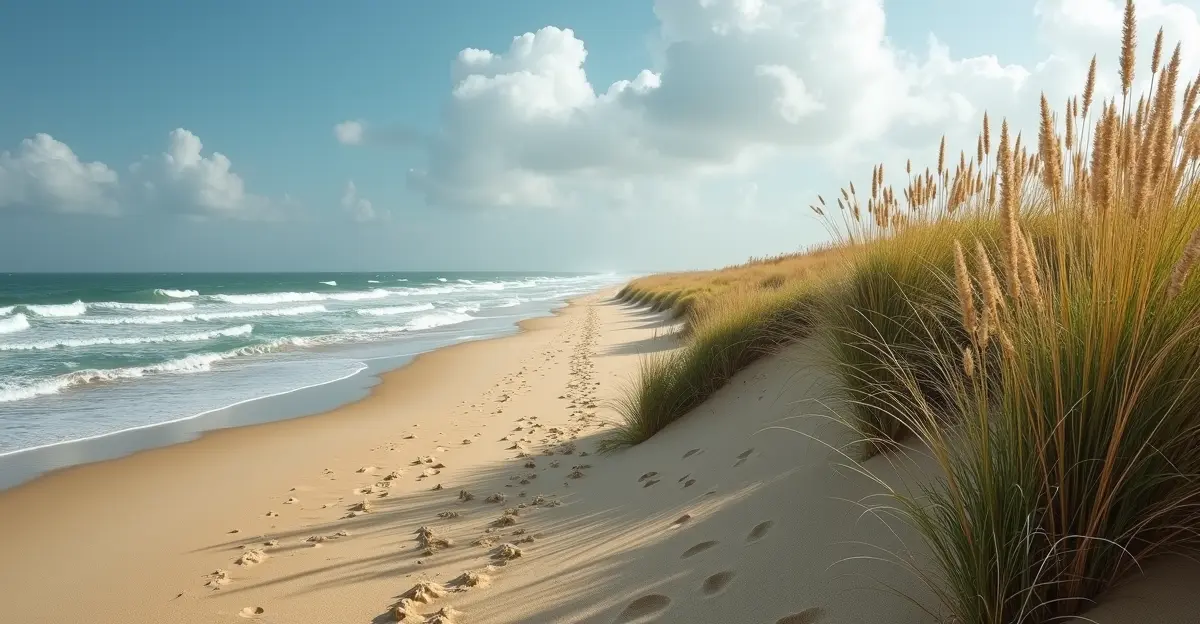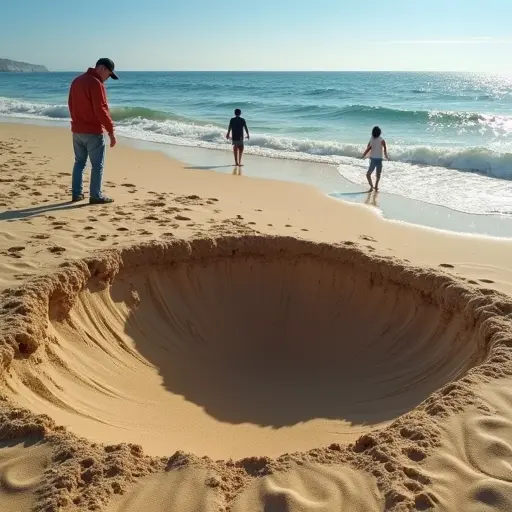
The Silent Guardians of Our Coastlines
Coastal dunes serve as nature's sophisticated defense system, protecting inland communities from storm surges and erosion while supporting unique ecosystems. These sandy barriers have evolved over millennia to become one of the most effective natural protections against coastal hazards.
How Dunes Protect Coastal Towns
Dunes act as natural buffers that absorb wave energy during storms, reducing the impact on human settlements. When storm waves hit a dune system, the sand absorbs and dissipates the energy, preventing flooding and structural damage to properties behind the dunes. Research shows that well-maintained dune systems can reduce storm damage by up to 70% compared to unprotected coastlines.
The effectiveness of dunes depends on their height, width, and vegetation cover. A typical dune system needs to be at least 5-7 meters high to provide adequate protection against most storm surges. The width is equally important, as broader dunes can absorb more wave energy and provide better protection during extreme weather events.
The Plants That Hold Dunes Together
Marram grass (Ammophila species) is the cornerstone of dune stabilization. These remarkable plants have adapted to thrive in harsh coastal conditions with their extensive root systems that can reach up to 3 meters deep. The rhizomes create a network that binds sand particles together, preventing erosion even during strong winds and storms.
Other important dune plants include:
- Sea rocket (Cakile maritima) - pioneer species that helps establish new dunes
- Beach pea (Lathyrus japonicus) - nitrogen-fixing plant that enriches sandy soils
- Beach grass (Elymus species) - provides additional stabilization
- Various native shrubs that create microhabitats for wildlife
Modern Dune Management Techniques
Coastal engineers and conservationists have developed sophisticated dune management strategies that combine traditional knowledge with modern science. These include:
Beach nourishment: Adding sand to eroding beaches to maintain dune systems
Vegetation planting: Strategic planting of native dune species to enhance stability
Boardwalks and access management: Controlling human traffic to prevent damage to fragile dune vegetation
Dune fencing: Using wooden fences to trap wind-blown sand and encourage dune growth
Climate Change Challenges
Rising sea levels and increased storm intensity due to climate change present significant challenges to dune systems worldwide. Many coastal communities are investing in dune restoration and enhancement projects as cost-effective alternatives to hard engineering solutions like sea walls.
The Netherlands, with its extensive experience in coastal management, has pioneered many dune protection techniques. Dutch engineers have demonstrated that maintaining healthy dune systems can be more sustainable and environmentally friendly than concrete structures.
Community Involvement in Dune Protection
Successful dune conservation requires community engagement. Local residents and visitors play crucial roles in:
- Staying on designated paths to avoid damaging vegetation
- Participating in beach cleanups to remove debris that can harm dune plants
- Supporting local conservation initiatives and dune restoration projects
- Educating others about the importance of dune ecosystems
As climate change continues to threaten coastal communities, the value of natural defenses like dunes becomes increasingly apparent. These living barriers not only protect property and lives but also provide habitat for unique plants and animals, making them essential components of resilient coastal landscapes.

 Nederlands
Nederlands English
English Français
Français Deutsch
Deutsch Español
Español Português
Português




